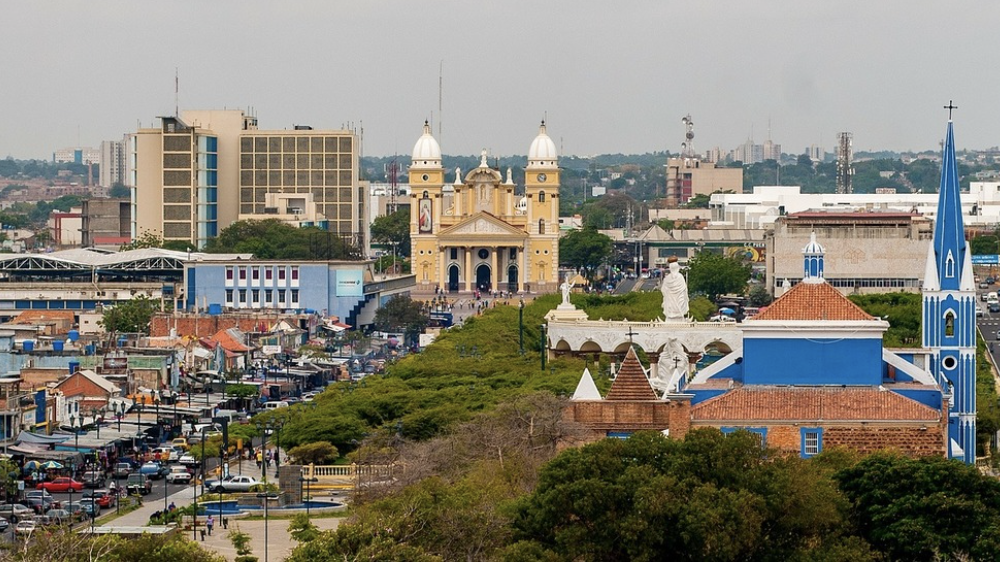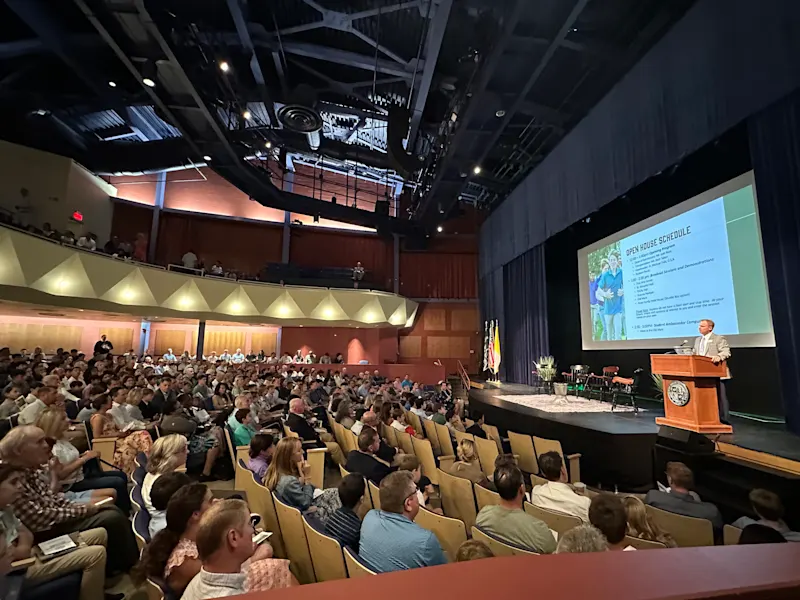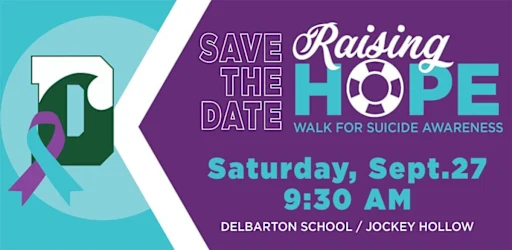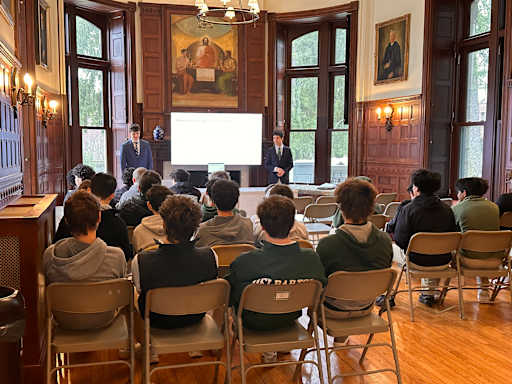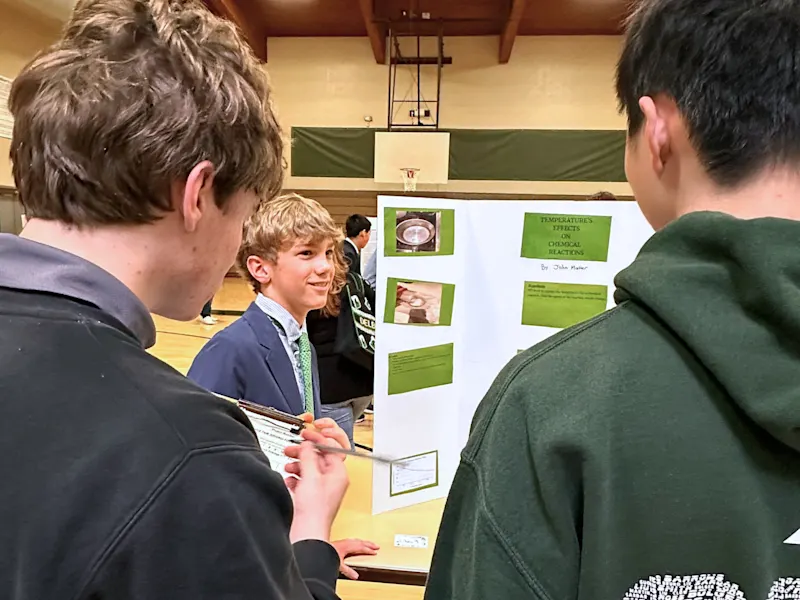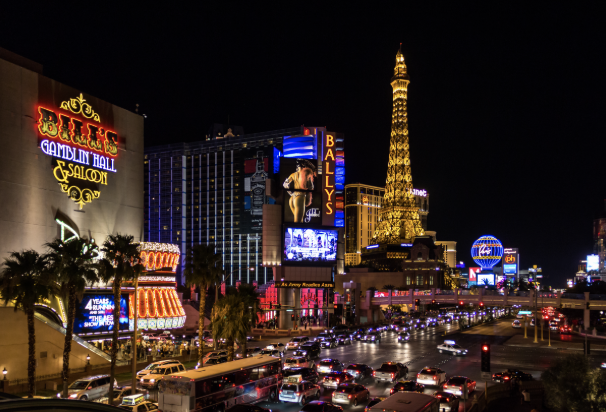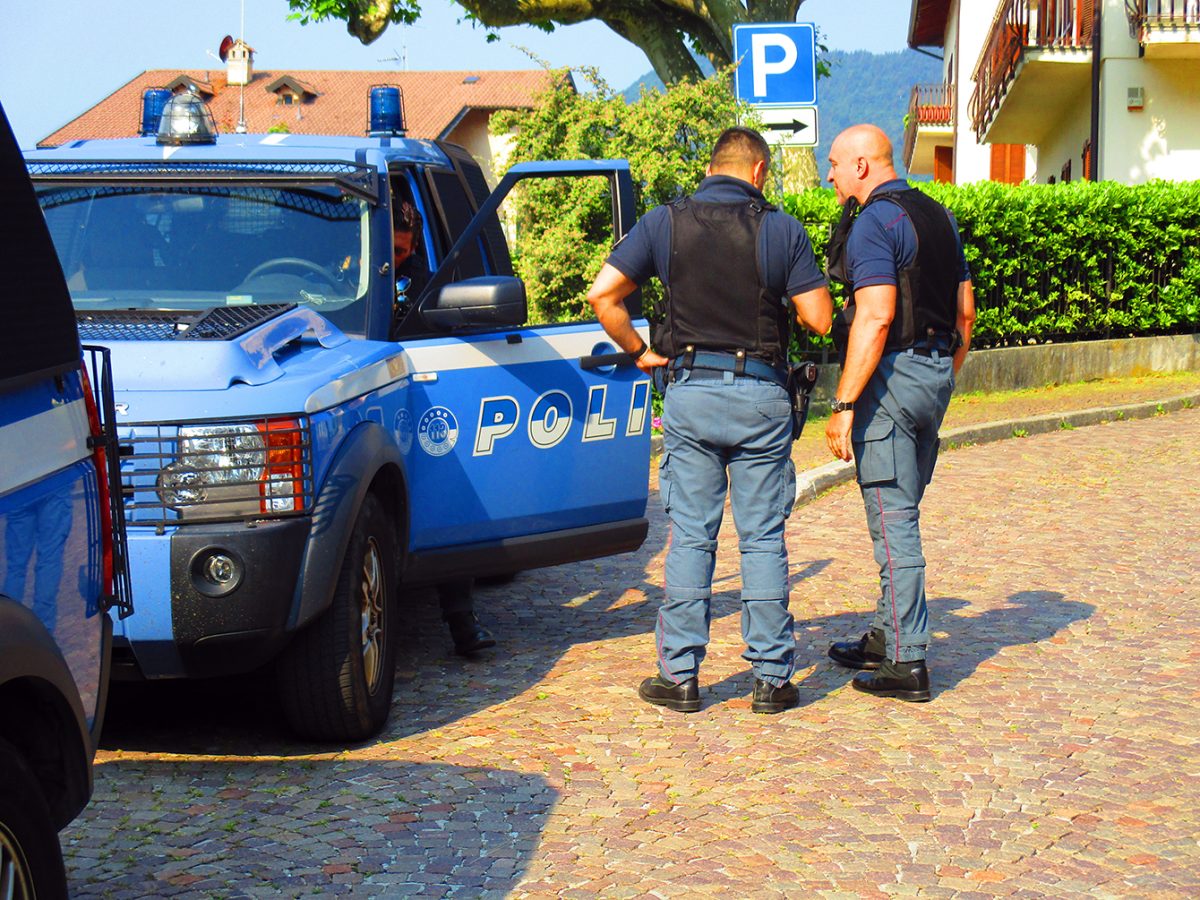Within a single week in August 2025, more than a dozen universities received “swatting” calls. One university in particular–the University of Arkansas–received more than 300 calls in a single day, reporting active shooters in seven buildings and overwhelming 911 lines. Many of this type of calls across the country were made in similar fashion, with callers claiming a man armed with an AR-15 rifle had already shot multiple victims. Some included fake gunfire audio in the background. The calls often targeted libraries, law schools, or central activity hubs. Another striking detail is the timing: many calls happened in the afternoons or evenings of the first week of classes, when campuses were most crowded.
This news is especially personal to me as I was present at one of these incidents. My brother Michael Barravecchio–former Editor-in-Chief of the Delbarton Courier–was moving into Villanova University to begin his freshman year. What was supposed to be an enjoyable moment was turned upside down. Roughly 15 to 20 minutes into Villanova’s orientation Mass, students and faculty received warnings of an active shooter. Within seconds, confusion turned into panic, and panic into chaos.
The Mass was held outdoors, with everyone seated in plastic folding lawn chairs which were quickly knocked over and destroyed in the stampede as people ran for their lives. Many, especially the elderly, were knocked over and trampled. As I evacuated, I saw an elderly woman lying on the ground while dozens of people ran past or jumped over her. It was a powerful moment that showed how love, care, and morals can completely shift when a person’s life is threatened.
Although the call was later confirmed as a hoax, people were injured. My family, who got separated from me in the panic, were with a woman who broke her ankle, while I was with another who tore her hamstring completely. Many other injuries happened purely from panic.
Tracking down swatters is no simple task. Voice over Internet Protocol (VoIP) masking, burner phones, AI voices, and other technologies are making swatting calls harder to trace. Carriers are now being criticized for making untraceable numbers too easy to obtain.
Although we are taught to remain calm in situations like these, in reality the opposite often occurs. A Villanova senior thought they “were going to die.” An Arkansas journalism student called her grandmother from lockdown to say “I love you” for what she thought was the final time. Similar reactions occurred across several campuses nationwide. Many victims, especially students, later reported various levels of insomnia, trembling, and lasting anxiety.
Police and first-responders must act as if the calls are real, since lives literally depend on it. At Villanova, nearly every local agency responded along with 18 EMS units. University of Tennessee at Chattanooga had over 100 officers sprinting into buildings. The University of Kentucky had police on the scene within two minutes. The concern is that such responses pull crucial resources away from real emergencies, leaving other communities unprotected.
Investigations are underway not only to identify these swatters, but also to create solutions to prevent such phony calls in the future. The motives remain unclear, though likely include pranks, revenge, or notoriety. Swatting is seen as a “gateway crime,” as offenders who are not caught often escalate their actions.
Legal consequences are severe. Federal charges include: false information (up to 5 years in prison), interstate threat transmission (up to 20 years if injury results), and wire fraud (prison time and fines). Some swatters have been caught, such as California teen Alan Filion, who made nearly 400 calls with threats ranging from bombings to mass shootings. He received 4 years, likely reduced due to his age and the lack of actual casualties. Other cases, however, have ended tragically. For example in 2017, a swatting call in Wichita led police to fatally shoot an innocent man.
The magnitude of these recent swatting calls has forced the country to reconsider laws. The National Association of Attorneys General has recently called for stricter state-level legislation. Beyond physical injuries and fatalities, swatting causes immense psychological trauma. Another major concern is alert fatigue, the classic “Boy Who Cried Wolf” situation where responders and bystanders become slower to react to real threats, and in some cases may not respond at all. In the end, swatting doesn’t just waste resources, it weaponizes fear.


